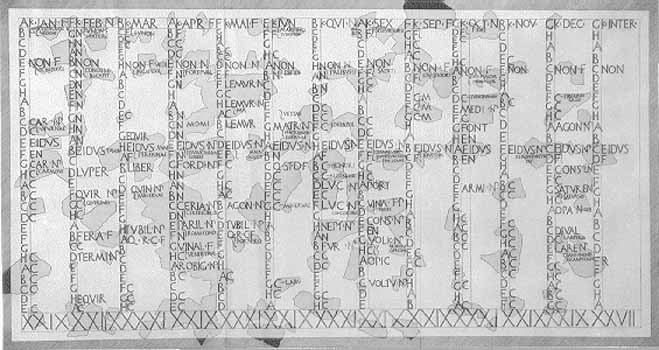Caesar’s reform of the calendar
The Roman calendar's regular year comprised of 12 months, for a total of 355 days. In some years, a 13th intercalary month of 27 or 28 days was added to make the calendar correspond to the seasons. The Roman calendar was not only imprecise, but it was also manipulated for political reasons, with intercalations happening haphazardly. Julius Caesar replaced it with a calendar based on the Egyptian calendar, which was governed by the sun. He made the year 365.25 days long by adding an intercalary day at the end of February every fourth year. The Julian calendar began on January 1, 45 BC, and it remained the dominant calendar in much of Europe until the Gregorian calendar, the most frequently used in today's globe, somewhat modified it by making a 0.002 percent adjustment in the length of the year.
The Christian world is also familiar with Caesar's gens (clan) name, Julius (Iulius), because the Roman month Quintilis, in which he was born, was renamed "July" in his honor during Caesar's lifetime. This name has persisted, as has Caesar’s reform of the calendar. The old Roman calendar was incorrect and modified for political reasons. Caesar's calendar, the Julian calendar, is still in use in some Eastern Orthodox Christian countries, and the Gregorian calendar, which is currently used in the West, is the Julian calendar, significantly revised by Pope Gregory XIII.









